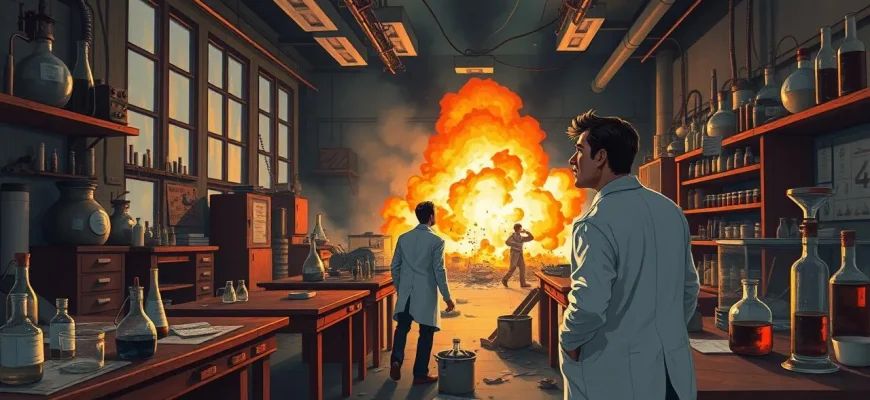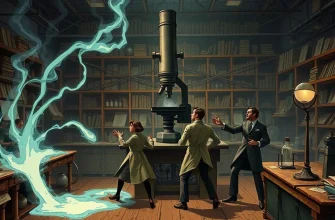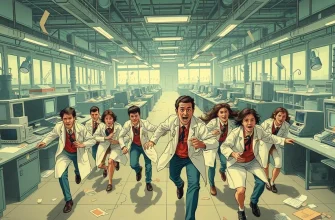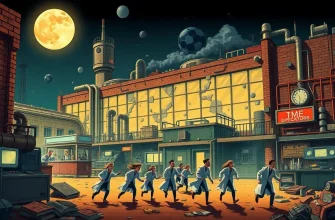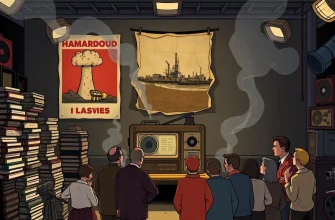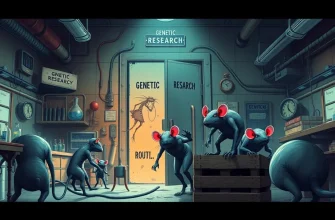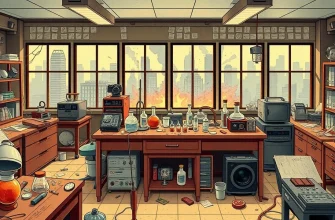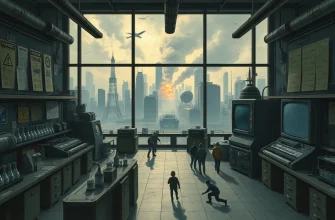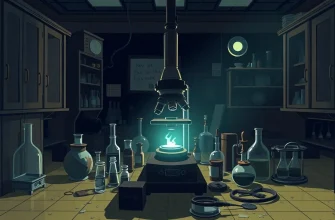If you're a fan of edge-of-your-seat tension, then you'll love our curated list of disaster films set in chemical laboratories. These films delve into the terrifying possibilities of what can go wrong when science experiments turn catastrophic. From rogue chemicals to biohazards, these movies offer a thrilling mix of suspense, science, and survival, making them perfect for anyone who enjoys a good disaster flick with a scientific twist.

The Andromeda Strain (1971)
Description: Based on Michael Crichton's novel, this film follows a team of scientists as they race against time to stop a deadly alien microorganism brought back to Earth by a satellite. The lab setting provides a chilling backdrop for this biological disaster.
Fact: The film was one of the first to use computer-generated imagery (CGI) for its title sequence.
 Watch Now
Watch Now

The Fly (1986)
Description: While not strictly a disaster film, this David Cronenberg classic involves a scientist whose teleportation experiment goes awry, leading to a grotesque transformation. The lab setting is central to the story's horror.
Fact: The film's special effects, particularly the transformation scenes, were groundbreaking at the time.
 Watch Now
Watch Now
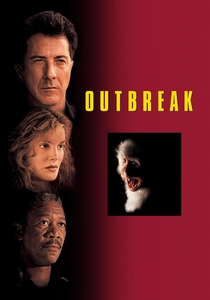
Outbreak (1995)
Description: A deadly virus escapes from a lab in Africa, leading to a global health crisis. The film focuses on the efforts to contain the virus, with scenes set in various labs where scientists work to find a cure.
Fact: Dustin Hoffman underwent extensive training to portray a military virologist convincingly.
 Watch Now
Watch Now
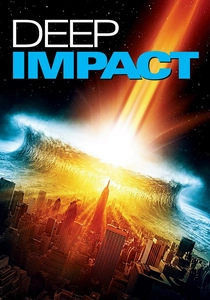
Deep Impact (1998)
Description: This film about a comet on a collision course with Earth features scenes in labs where scientists work on solutions to avert the disaster, showcasing the tension and urgency of scientific response.
Fact: The film was released in the same year as another comet disaster movie, "Armageddon."
 Watch Now
Watch Now
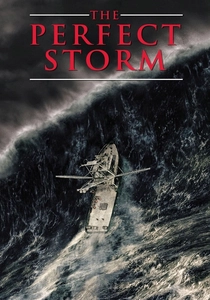
The Perfect Storm (2000)
Description: While focusing on a fishing boat caught in a massive storm, the film includes scenes where weather scientists in labs analyze and predict the storm's path, showing the human element behind the disaster.
Fact: The film was based on the true story of the Andrea Gail, a swordfishing boat lost at sea.
 Watch Now
Watch Now
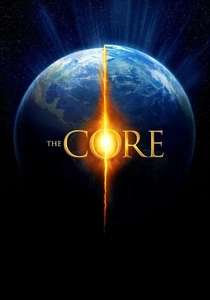
The Core (2003)
Description: When the Earth's core stops spinning, scientists must embark on a mission to restart it. The film includes scenes in labs where the initial problem is identified and solutions are devised.
Fact: The film's premise, while scientifically implausible, was inspired by real geological theories.
 Watch Now
Watch Now
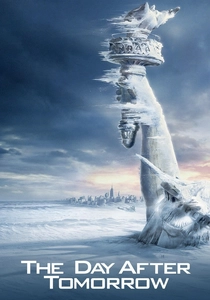
The Day After Tomorrow (2004)
Description: Although primarily about climate change, the film includes scenes where scientists in labs predict and react to the catastrophic weather events, highlighting the role of scientific research in understanding disasters.
Fact: The film's depiction of a superstorm was inspired by real climate change theories.
 Watch Now
Watch Now
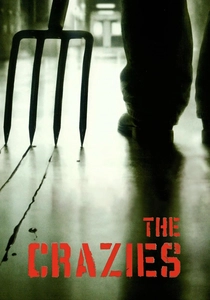
The Crazies (2010)
Description: In this remake of George A. Romero's 1973 film, a small town's water supply is contaminated by a military plane crash, leading to a viral outbreak that turns residents into homicidal maniacs. The film showcases the chaos that ensues when a chemical experiment goes horribly wrong.
Fact: The film was shot in Iowa, and the town of Ogden was transformed into the fictional town of Evans City, Pennsylvania.
 Watch Now
Watch Now
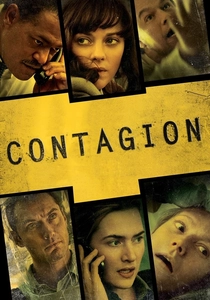
Contagion (2011)
Description: This Steven Soderbergh film explores the rapid spread of a virus from Hong Kong to the rest of the world, with significant scenes in labs where scientists scramble to understand and combat the pathogen.
Fact: The film was praised for its scientific accuracy and was used by the CDC for training purposes.
 Watch Now
Watch Now
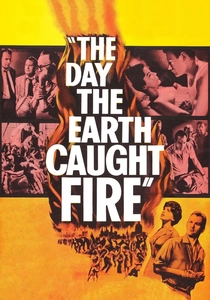
The Day the Earth Caught Fire (1961)
Description: This British film deals with the aftermath of simultaneous nuclear tests by the US and USSR, which shift the Earth's axis, causing catastrophic climate changes. Labs are central to the scientists' efforts to understand and mitigate the disaster.
Fact: The film was one of the first to explore the concept of climate change as a result of human activity.
 30 Days Free
30 Days Free

